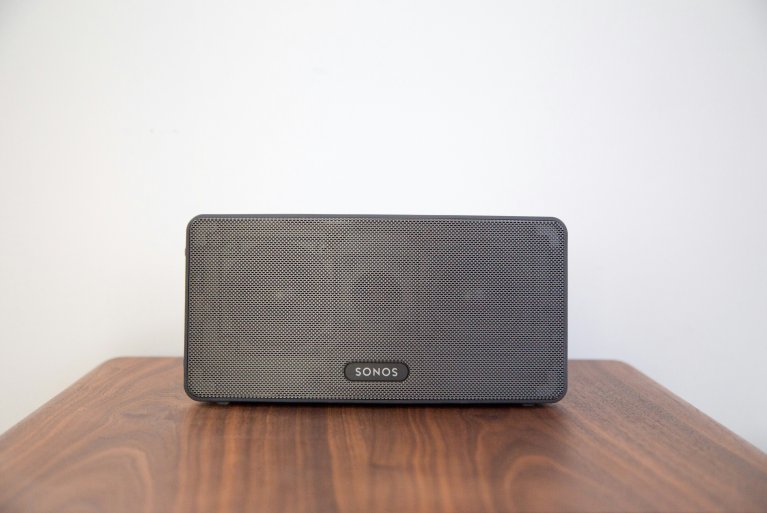Are Sennheiser Headphones Necessary?
When it comes to purchasing headphones, there are countless options available in the market. From budget-friendly to high-end, there is a wide range of headphones to choose from. One brand that has gained a lot of popularity in recent years is Sennheiser. Known for their high-quality audio products, Sennheiser has become a go-to brand for many music lovers and audio enthusiasts. However, one question that often comes to mind is, are Sennheiser headphones necessary? In this article, we will delve into the features and benefits of Sennheiser headphones to determine if they are indeed a necessary investment.
Exceptional Sound Quality
When it comes to headphones, sound quality is the most important factor. This is where Sennheiser stands out. The brand is known for its exceptional sound quality, which can be attributed to its decades of experience and expertise in audio technology. Sennheiser headphones are designed to produce a balanced, clear and accurate sound, making them a popular choice among audiophiles and professionals in the music industry. The brand uses high-quality materials and advanced engineering techniques to ensure that their headphones offer the best audio experience.
Durability and Comfort
Sennheiser headphones are not just about sound quality; they are built to last. The brand uses durable materials such as high-grade plastics and metals to ensure that their headphones can withstand frequent use. This makes them a great investment for those looking for long-lasting headphones. Moreover, the brand also pays attention to comfort and ergonomics when designing their headphones. Sennheiser headphones are lightweight, and some models come with adjustable headbands and earpads to provide a comfortable fit for extended use.
Noise Cancellation
One of the prominent features of Sennheiser headphones is their noise-cancellation technology. This feature is particularly useful for those who travel frequently or work in a noisy environment. Sennheiser headphones use advanced noise-cancellation technology to reduce ambient noise and allow the user to focus on their audio without any distractions. This feature is especially beneficial for those who use headphones for studying, working or during long flights.
Wireless Options
Sennheiser offers a wide range of wireless headphones, which have become increasingly popular in recent years. Wireless headphones offer the convenience of not getting tangled up in wires, making them a great option for those who use headphones while working out or while on the go. Sennheiser’s wireless headphones use Bluetooth technology, providing a stable connection and good range. They also come with long battery life, allowing users to enjoy their music or calls for an extended period without worrying about running out of power.
Variety of Options
Sennheiser offers a variety of headphones to cater to different needs and preferences. From over-ear to in-ear, wired to wireless, there is a Sennheiser model for every type of user. This is another reason why the brand has gained a loyal following over the years. Whether you are a music lover, a professional in the music industry or someone who simply enjoys good audio quality, Sennheiser has a headphone that will suit your needs.
Final Verdict
So, are Sennheiser headphones necessary? The answer depends on your personal preferences and needs. If you are someone who values high-quality sound, durability, comfort, and noise-cancellation, then investing in Sennheiser headphones certainly makes sense. The brand has a long-standing reputation for producing high-quality headphones, and with their variety of options, there is something for everyone.
However, if you are on a tight budget, there are certainly other affordable options available in the market that offer good audio quality. But if sound quality and durability are your top priorities, then Sennheiser is definitely a brand to consider.
Conclusion
In conclusion, Sennheiser headphones are not just a luxury purchase; they are a worthwhile investment for those who value exceptional sound quality, longevity, and comfort. The brand has established itself as a leading name in the audio industry, and with their constant innovation and commitment to quality, Sennheiser headphones are certainly a necessary addition to any audiophile’s collection.



